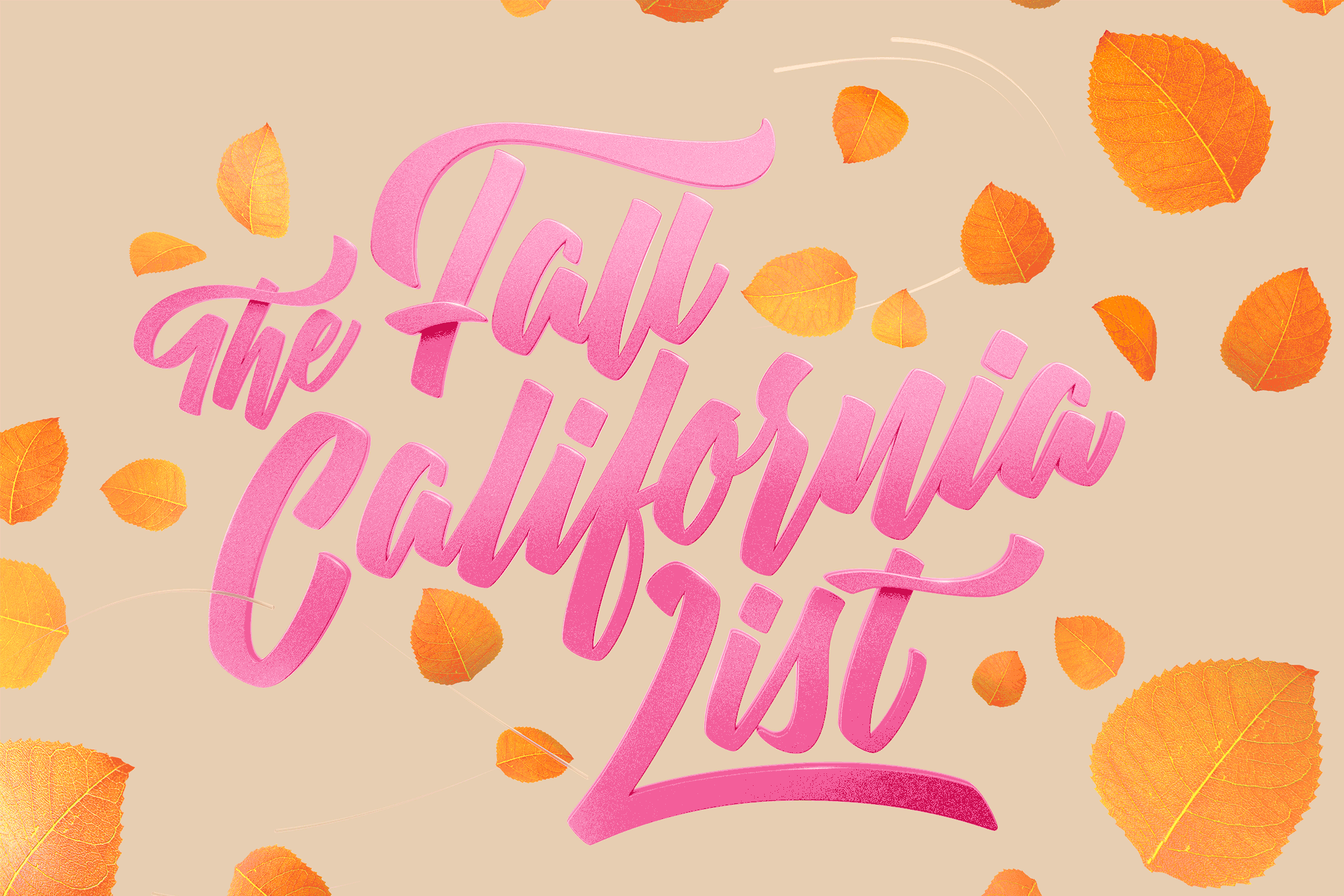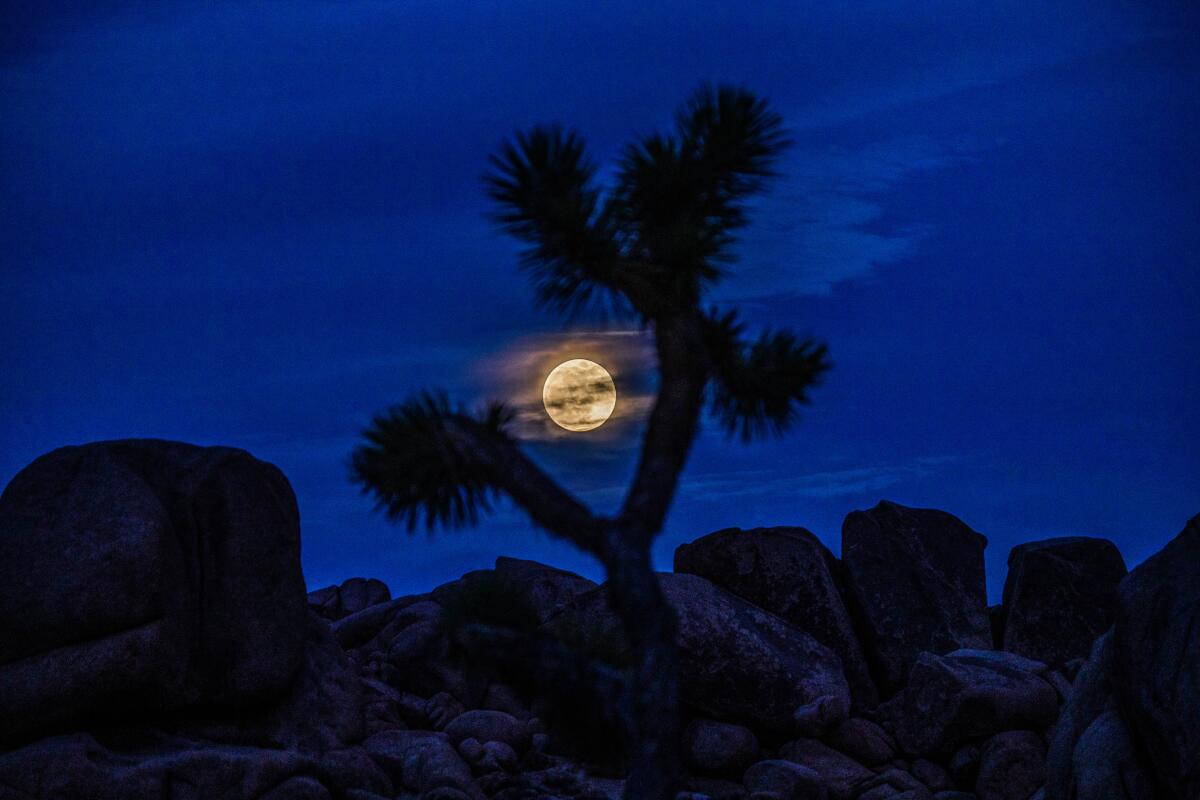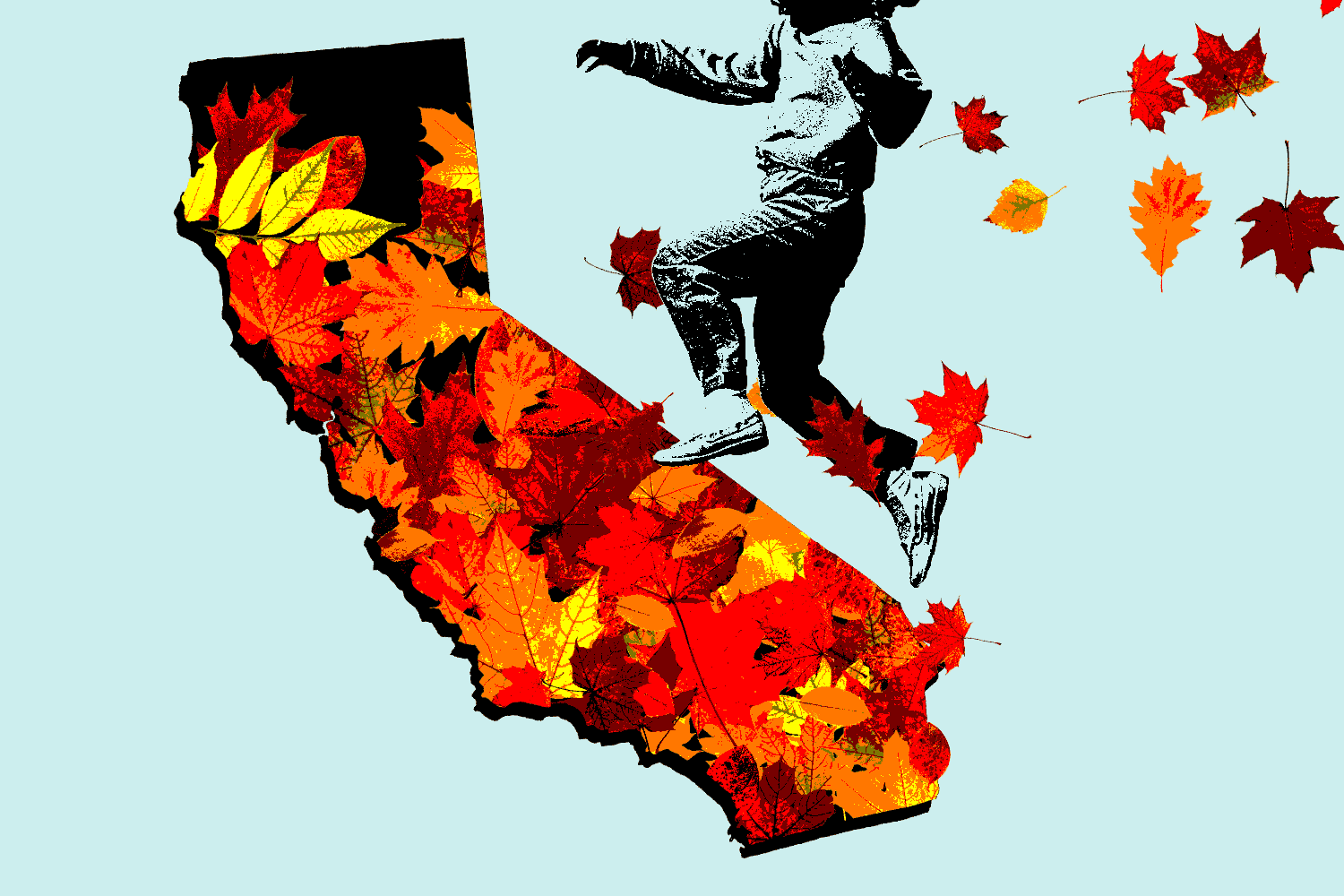
18 fun fall things to do in SoCal and San Francisco with kids
- Share via
Weekend plans taking shape? Thanksgiving itinerary in the works? You may want to factor in a few of these 18 family-friendly fall destinations in California.
In addition to a few in San Diego and the desert, most are clustered in Los Angeles County and San Francisco, with a couple of destinations in between. The Monterey Bay Aquarium, for example, is 113 miles south of San Francisco City Hall and 320 miles north of L.A. City Hall.
If you’re looking for other things to do this month, check here for a listing of more than a dozen October events and attractions in Greater Los Angeles tied to Halloween and Día de Los Muertos.
From a lighthouse in Crescent City, to trees changing colors in the Sierra, to funky art installations near the Salton Sea, these are the best things to do in the Golden State in the fall.
Note to families with students in the L.A. Unified School District: There are no classes on Thanksgiving or the day after (Nov. 26 and 27), and the holiday break will start Dec. 21 and end Jan. 8, 2022. Other school districts vary.
Also, as governments and businesses respond to the evolving threat of COVID-19, many locales are requiring proof of vaccination and masks for people to go inside, but rules can vary by business and county. It’s always wise to check websites for health information before visiting a spot.
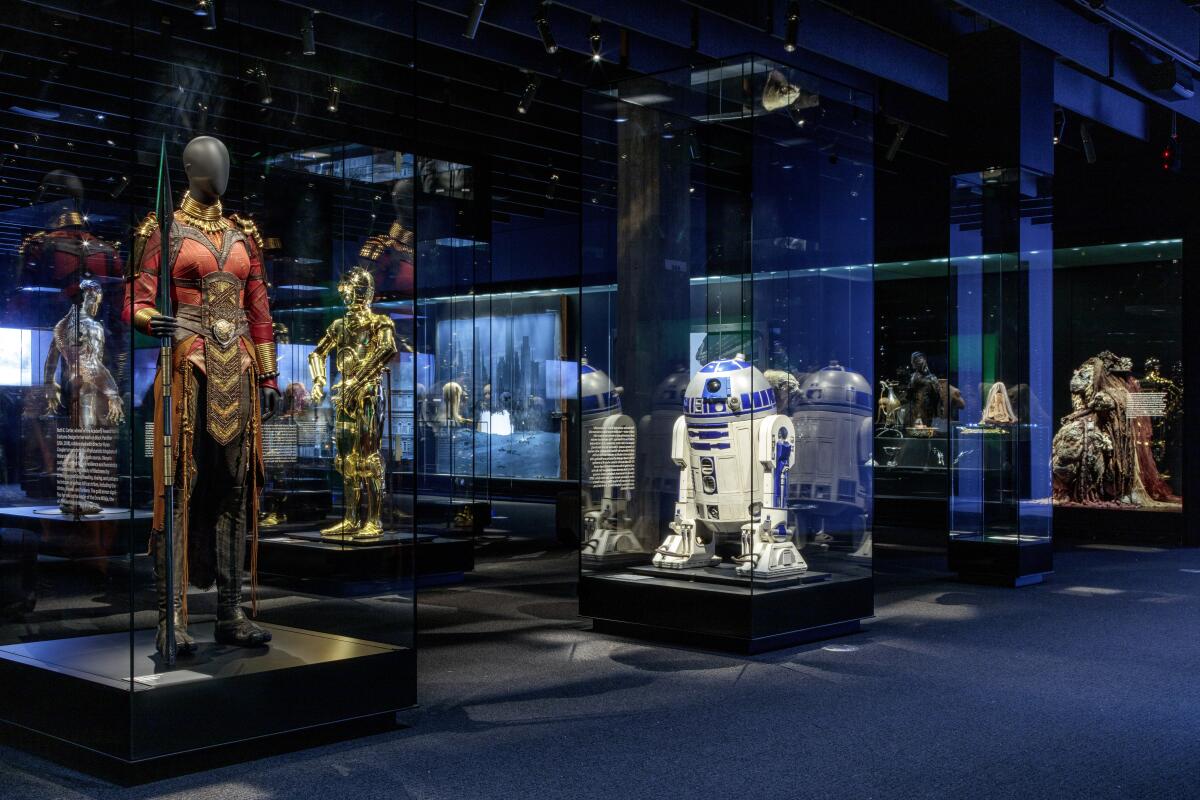
Academy Museum of Motion Pictures
L.A’s newest and most highly anticipated (and debated) museum is a deep dive into everything cinematic. If you want a closer look at Hollywood (the industry, not the neighborhood), this is now the place to come. Just the architecture of the museum, which adjoins a signature domed theater designed by Renzo Piano, is worth a look, but you can get lost in all the behind-the-scenes exhibits such as “The Art of Moviemaking,” which breaks down the elements of MGM’s 1939 classic “The Wizard of Oz,” from interoffice memos to Dorothy’s ruby slippers. You can find all kinds of artifacts, including Gregory Peck’s script for “To Kill a Mockingbird” covered with his handwritten notes, the blue typewriter Joseph Stefano used to write the script for Alfred Hitchcock’s 1960 horror classic “Psycho,” Okoye’s costume from “Black Panther,” “Star Wars’” R2-D2 and C-3PO, and the original E.T. You can also get face to face with the toothy Xenomorph monster from “Alien.” (Check out The Times’ museum opening coverage.)
In the museum, there’s a cafe for dining. And if all that’s not enough, pay $15 to experience what it feels like to hear your name announced for an Oscar and walk up to the stage to accept it in “The Oscars Experience.”
The museum is open daily from 10 a.m. to 6 p.m. Sunday-Thursday and from 10 a.m. to 8 p.m. Friday-Saturday. Admission by timed reservation is $25 for adults or $19 for seniors 62 and older; $15 for college students; and free for members and children 17 and younger. The Oscars Experience is $15 and only available with a general admission ticket.
Pro tip: The Los Angeles County Museum of Art, next door on Wilshire Boulevard, is half-open as work continues on its new main building, due to fully reopen in 2024.
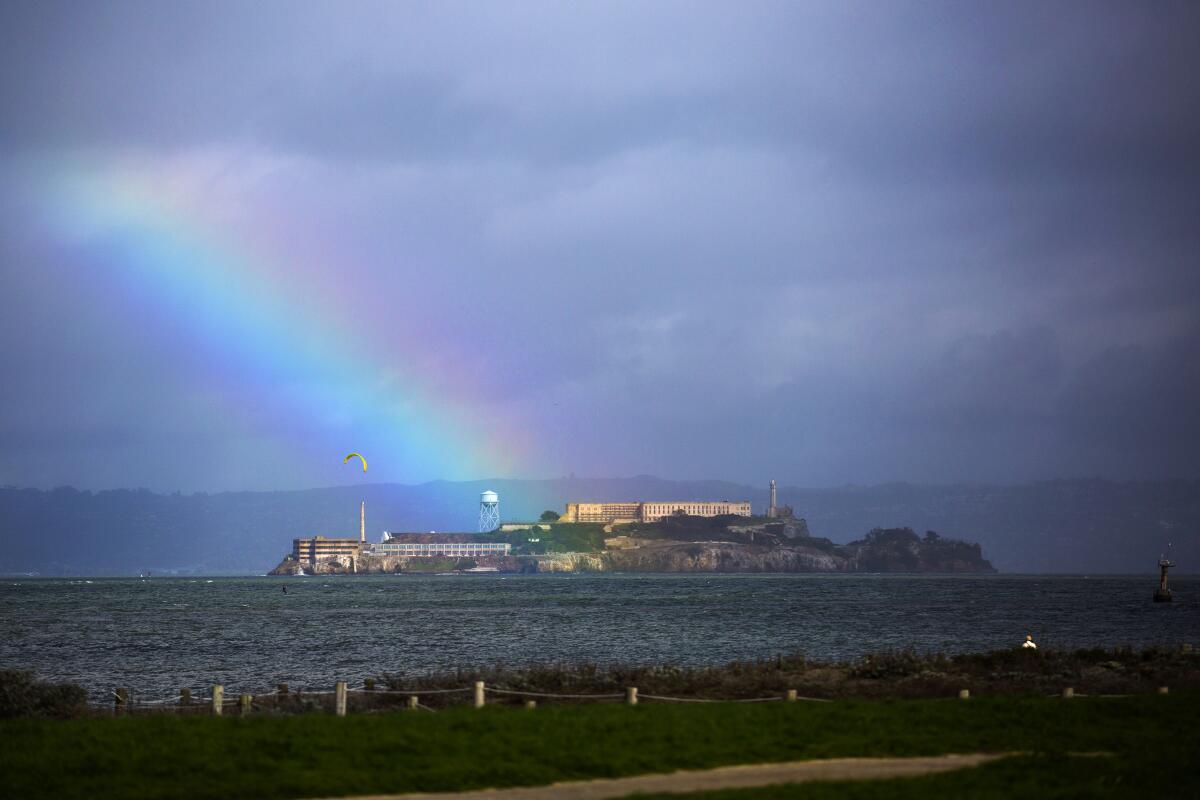
Alcatraz
Pro tip: It doesn’t get massive crowds, but nearby Angel Island State Park (served Fridays-Sundays by the Blue & Gold ferry at Pier 41) is a key landmark in Asian American history. Today, many visit just to hike or ride bikes. But from 1910-40, this was the U.S. entry point for about 175,000 Chinese immigrants, who typically spent weeks or months locked up on Angel Island. Some etched poetry on walls in the Immigration Station and barracks, a 1.5-mile walk from the ferry landing. (As of late May, the interiors were still closed as a pandemic safety measure.)
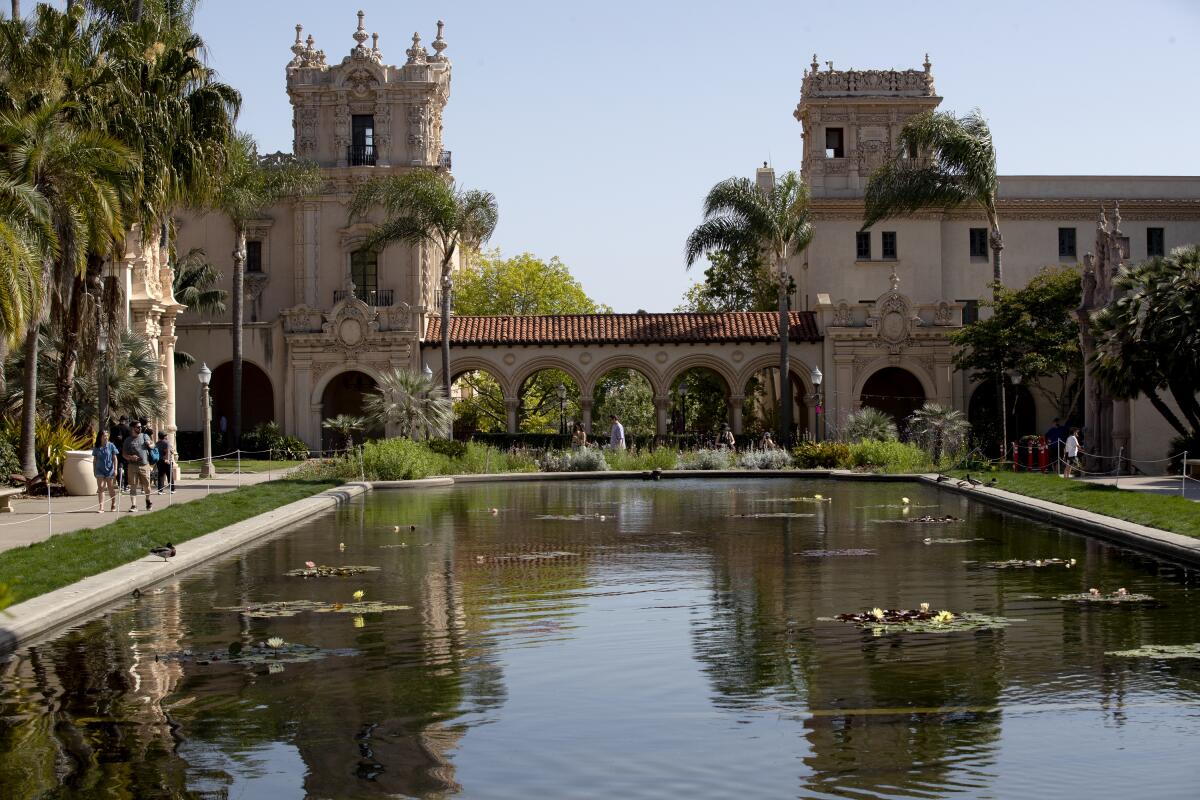
Balboa Park
Now consider that the zoo is less than 10% of Balboa Park, which covers 1,200 acres. The park is also home to 17 museums featuring art, photography, natural history, science, flight, history, model railroading and more, with a new Comic-Con Museum (still gradually opening). The Old Globe theater complex includes three venues. Flop on the lawn by the big lily pond by the Botanical Building. Try lunch at the Prado restaurant, where the patio seats are best whether we’re in a pandemic or not.
Pro tip: Even if you’ve never had a train set, the San Diego Model Railroad Museum will knock you out.
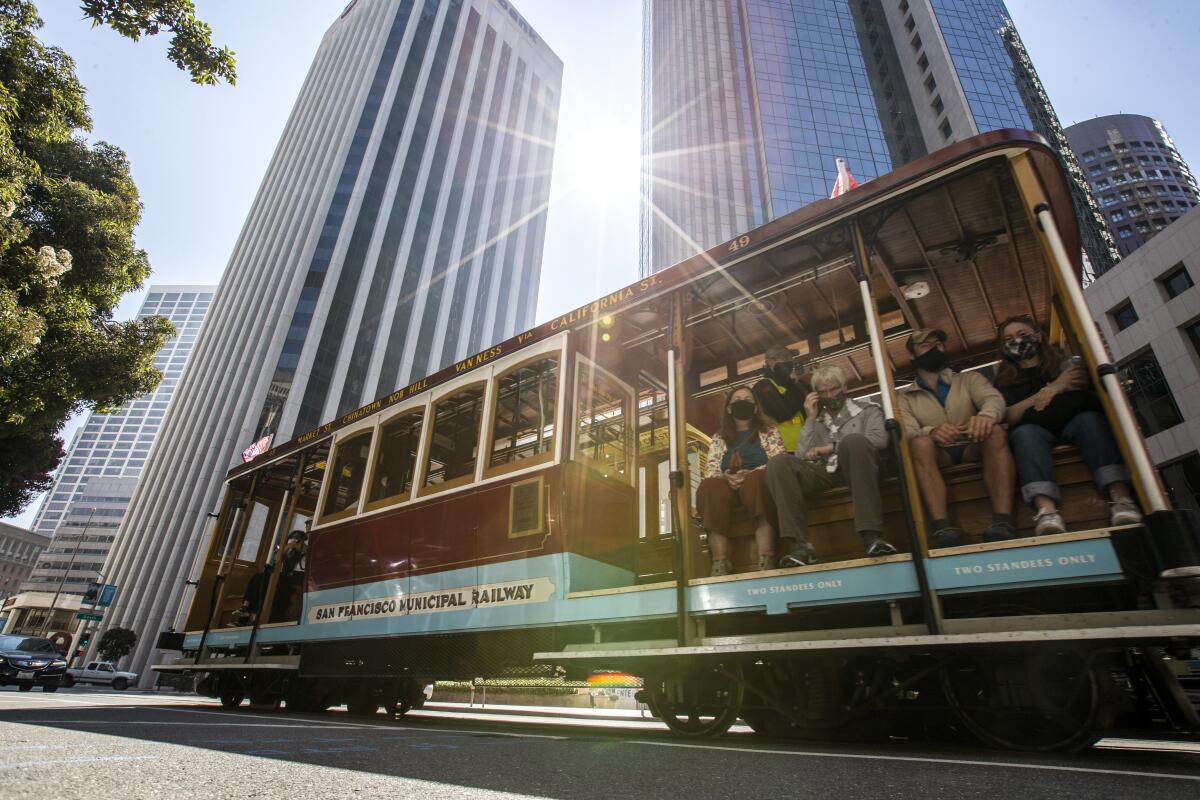
Cable Cars
On arrival, grab an Irish coffee at the Buena Vista or stroll two blocks to Ghirardelli Square. It has chocolate. Fare is $8 one way (in advance) or $13 for a one-day Muni Visitor Passport through the MuniMobile app. (For a mellower ride with more locals, try the California Street line.)
Pro tip: For maximum thrills, stand on the running board at the pole position on the right front of the car. Unless you give that spot to a bright-eyed kid.
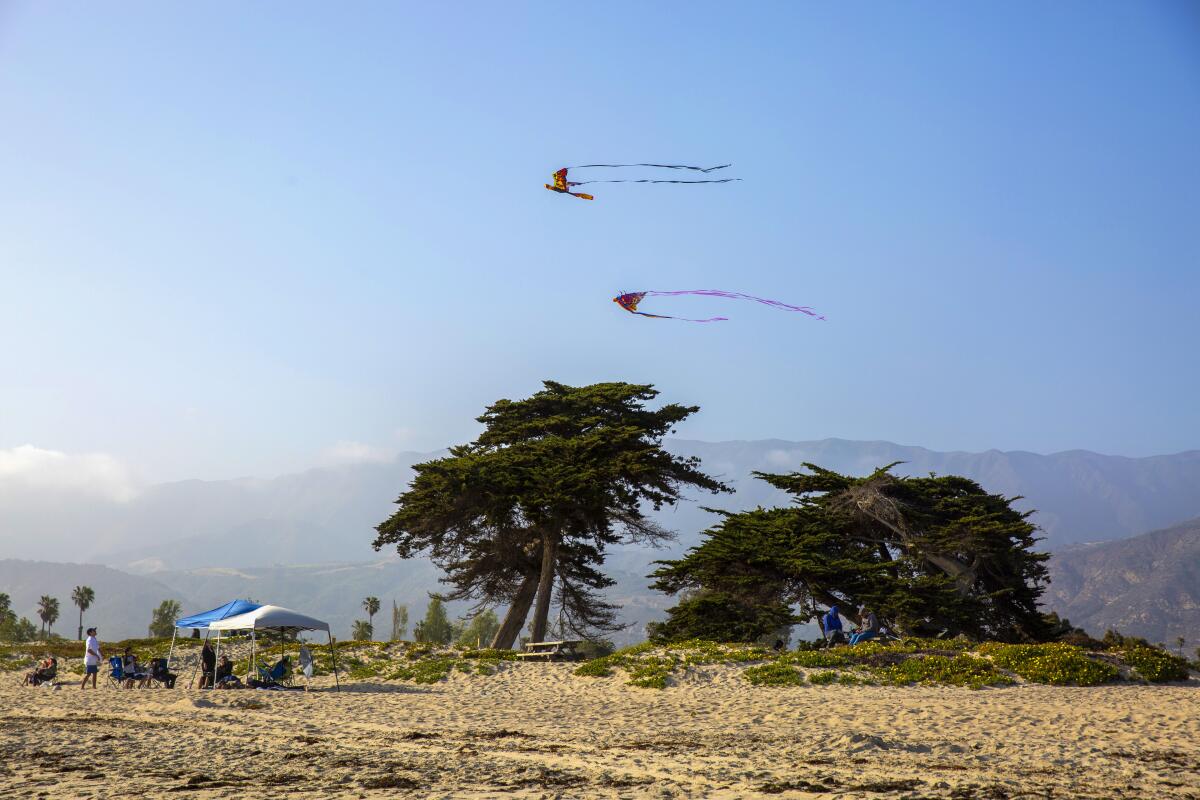
Carpinteria
That would be Carpinteria City Beach, which runs north from the foot of Linden Avenue, and Carpinteria State Beach, which runs south for a mile and features campgrounds that book up fast. Linden Avenue is lined with an unfussy collection of surf shops, antiques stores and eateries, including the Spot, a rustic burger stand, and Esau’s Cafe, which is all about breakfast, lunch and surfing. Rincon Beach Park, one of the state’s top surf spots, is three miles southeast of town.
Pro tip: If you take a long walk on the beach, you might find tar between your toes. That’s probably natural seepage from Santa Barbara’s offshore crude oil deposits. A little olive oil can help you clean up.
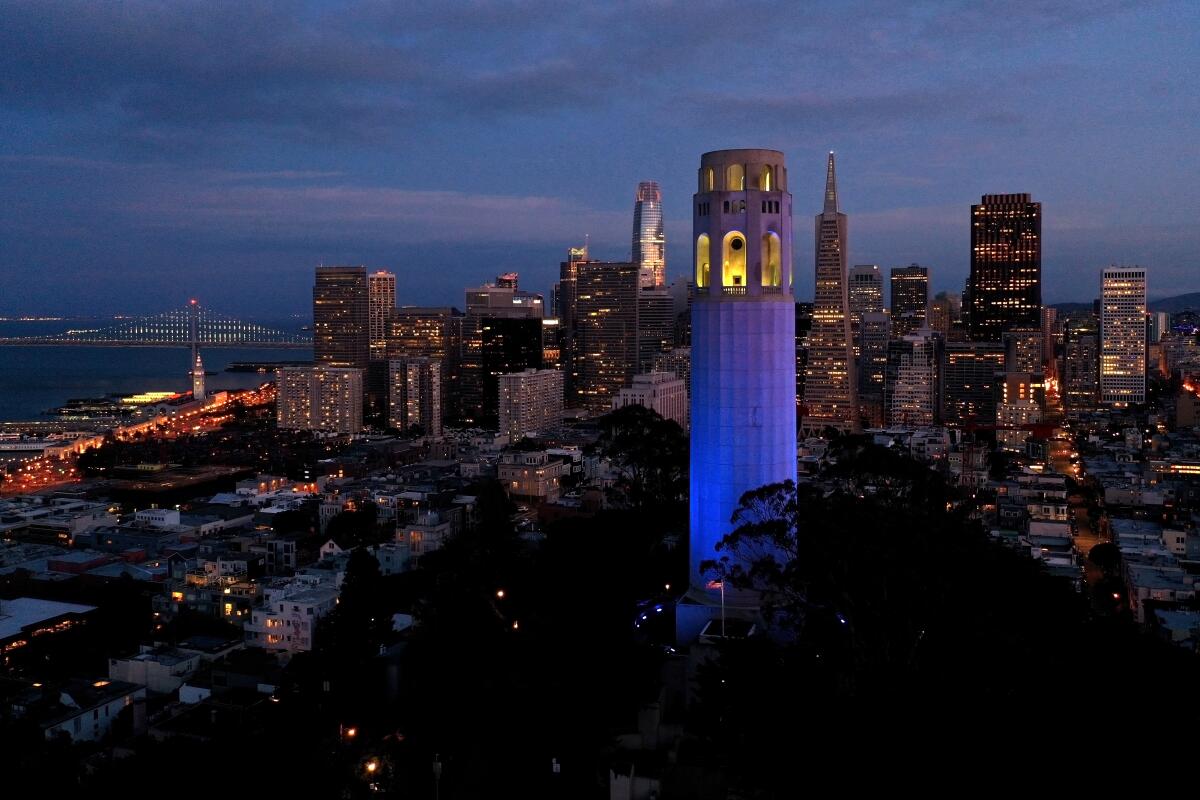
Coit Tower
Pro tip: For a good workout, preface your visit by climbing the Filbert Steps, which start at Levi’s Plaza along the Embarcadero.
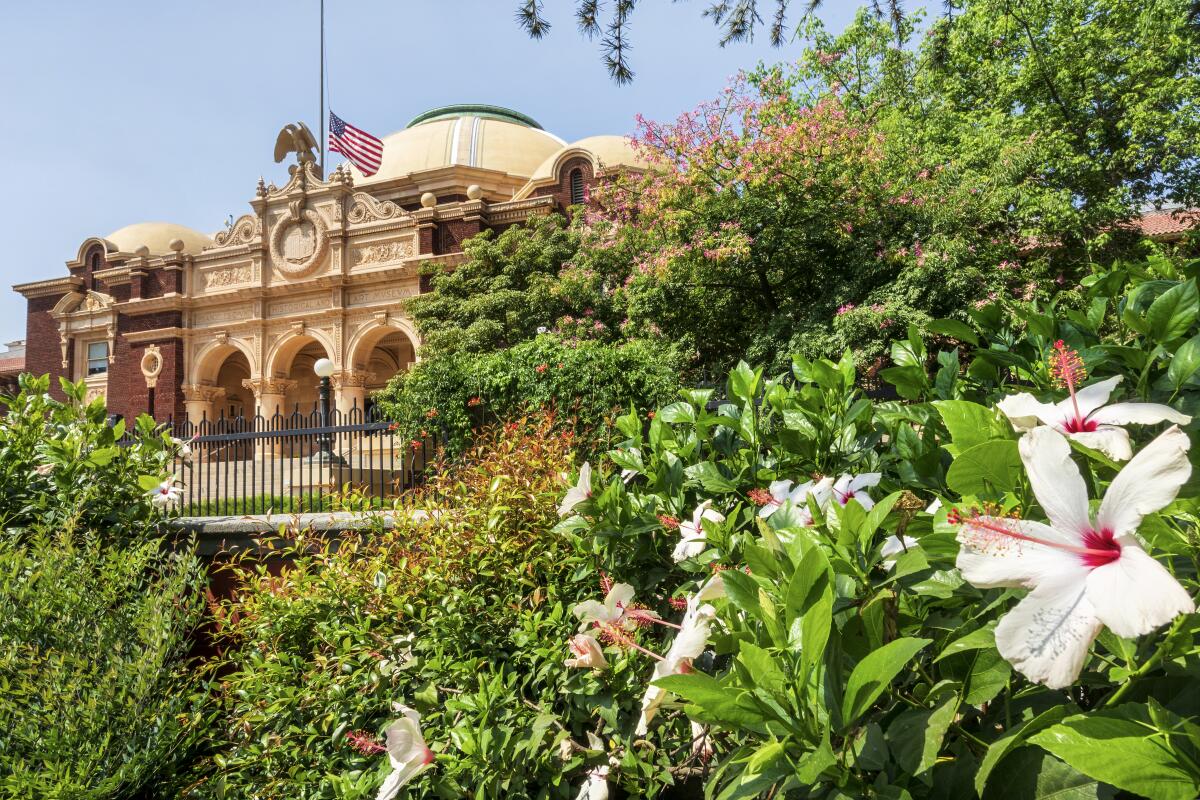
Exposition Park
Pro tip: More than 300 Kobe Bryant murals have sprung up throughout Southern California since the 2020 helicopter crash that killed him and his daughter Gianna. Check out this mural map and you’ll find that Exposition Park is surrounded by them.
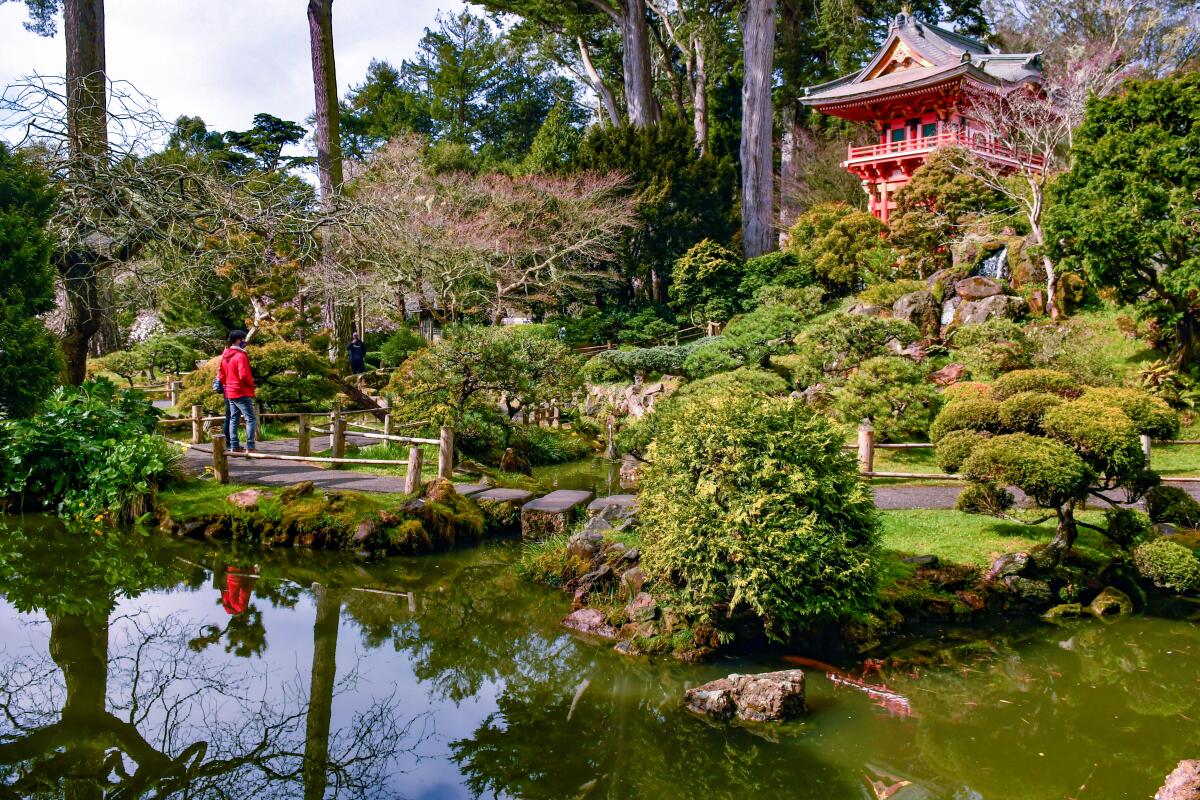
Golden Gate Park
It’s hard to imagine this green expanse as sand dunes, but so it was when park construction began in the 1870s. Look closely at many rocks and you’ll realize they’re colored concrete, placed at the direction of pioneering park superintendent John McLaren, who also devised fake lakes and fake waterfalls.
Pro tip: Atop the De Young Museum‘s bold, angular building, you’ll find a 140-foot-high observation tower with glass walls and staggering wraparound views. It’s free.
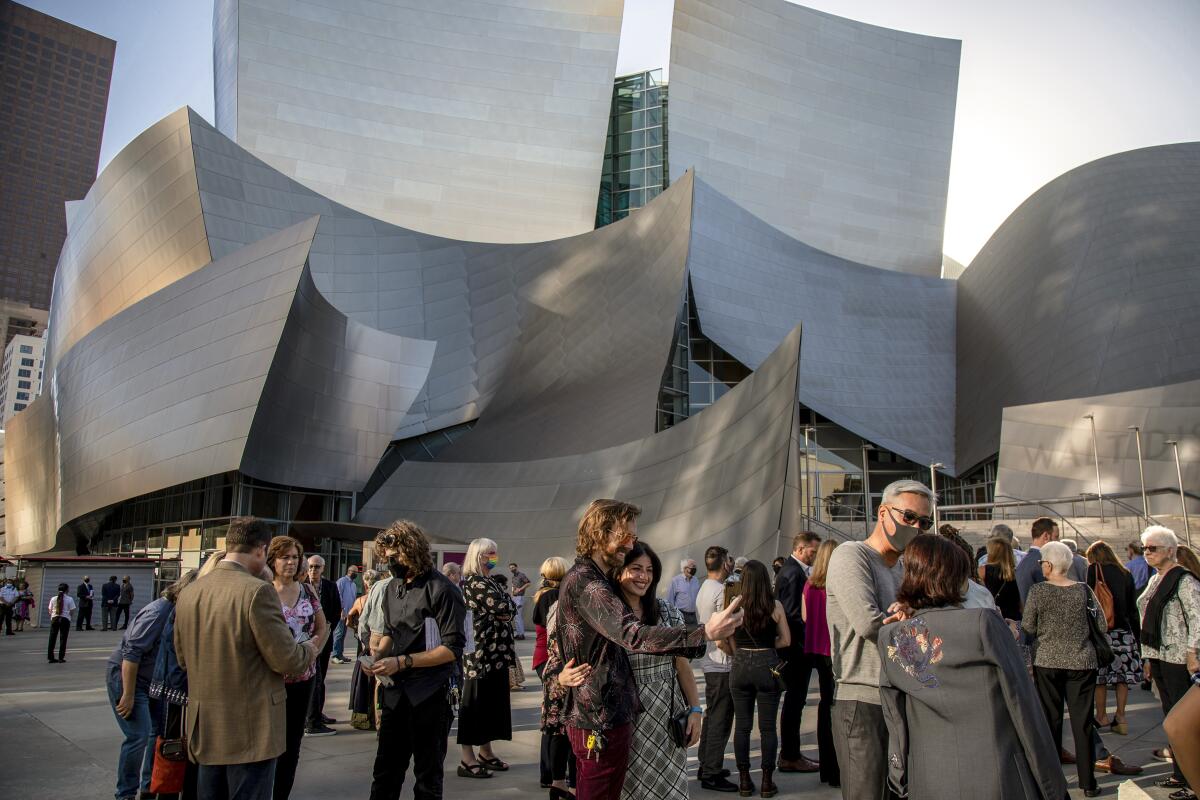
Grand Avenue
Other arts organizations are close at hand, including the Music Center and Center Theatre Group, the Museum of Contemporary Art and the Colburn School (a performing arts school). Across the street from Disney Hall, a pair of mixed-used skyscrapers are rising and are expected to bring more foot traffic with a hotel, apartments, retail and restaurants opening in 2022.
Pro tip: Recharge at Grand Park, a 12-acre green space that flows down Bunker Hill with a fountain near the top and City Hall at the bottom. For Día de los Muertos, the park is partnering with Self Help Graphics and artist Ofelia Esparza to present altars and activities Oct. 22- Nov. 2.
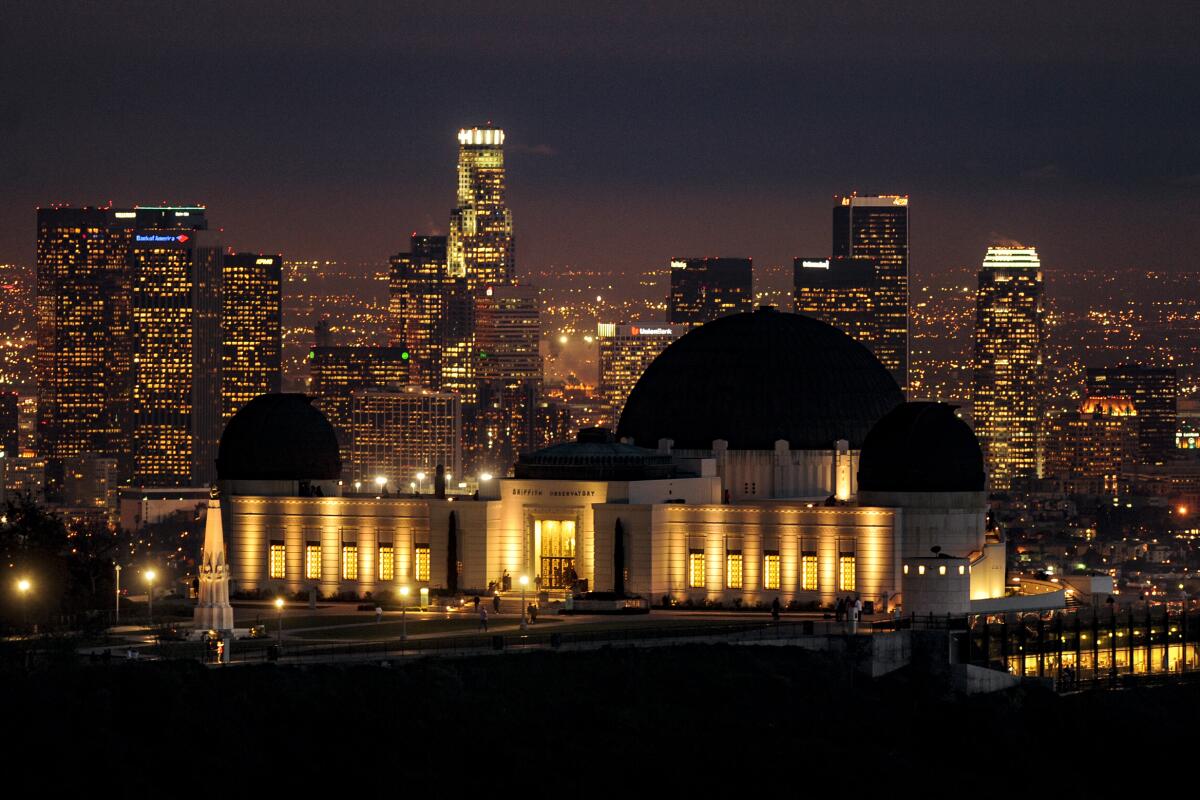
Griffith Observatory
Since 1935, Angelenos have embraced Griffith Observatory as “the hood ornament of Los Angeles,” in the words of observatory director E.C. Krupp. It’s the architectural star of 4,210-acre Griffith Park, with three green copper domes, prime views of the Hollywood sign and a bust of James Dean, who sulked here in the 1955 film “Rebel Without a Cause.” Parking is tough, so you might want to hike up from the Greek Theatre or Fern Dell or see about Dash shuttle bus service.
If the state sticks with plans to ease restrictions June 15, Krupp said the observatory should be able to reopen “well before the end of summer.”
Pro tip: Hike from the observatory to the Tom LaBonge Panorama atop Mt. Hollywood, a roughly 2.6-mile journey with big views of the Hollywood Hills and San Fernando Valley. And be sure to read up on the felon and philanthropist — felon-thropist? — who made this all possible, Griffith J. Griffith.
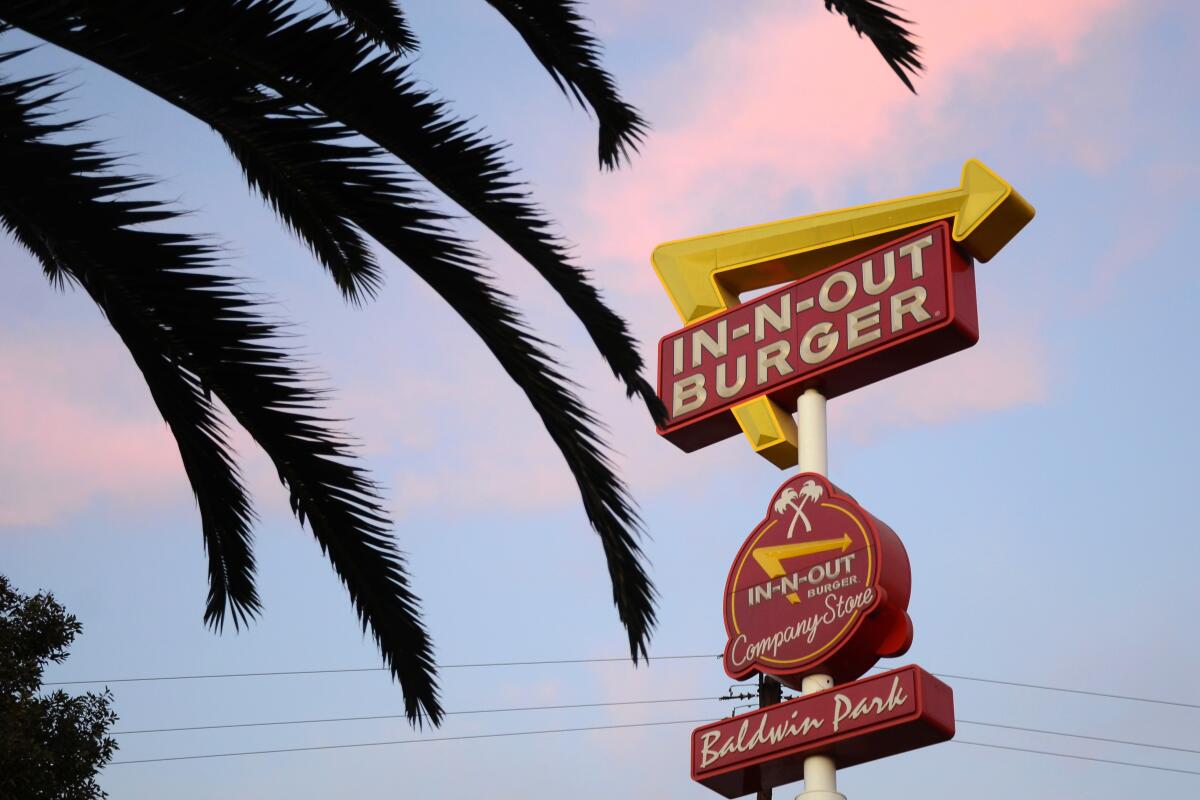
In-N-Out Burger
If you’re selfie-hungry, you’ll head to the nearby replica of the chain’s first tiny, red and white burger shack, open for photo ops 11 a.m. to 2 p.m. Thursday through Sunday at 13752 Francisquito Ave., Baldwin Park.
Harry and Esther Snyder founded the first In-N-Out Burger shack in 1948, which put them among the first to try a drive-through restaurant. To taste what the fuss is all about, order a “double-double, animal-style” — a double cheeseburger with the works, basically — which has fueled the company’s growth to more than 300 outlets.
Pro tip: About that Bible verse on the bottom of your cup: The In-N-Out chain is owned by its founders’ granddaughter, Lynsi Snyder-Ellingson, an evangelical Christian.
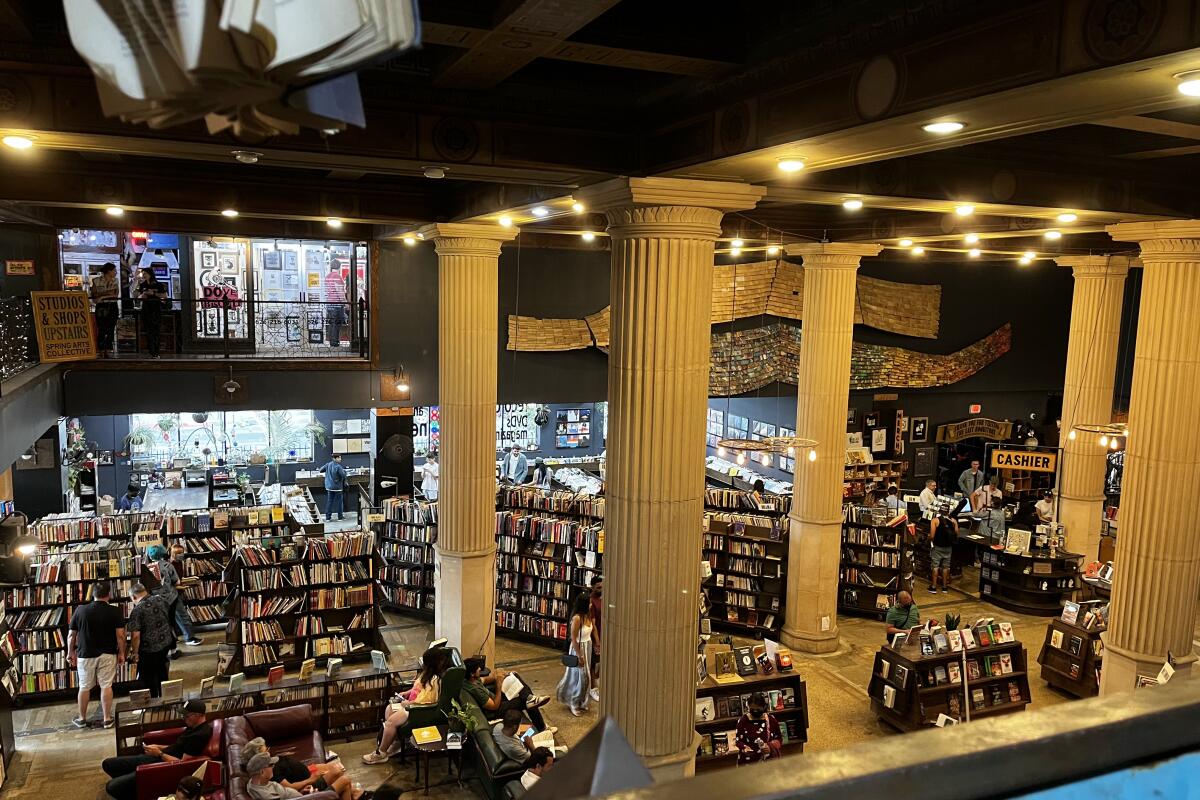
Get lost in the stacks at the Last Bookstore
You could spend an entire afternoon browsing the aisles, exploring the various book vaults, perusing the artisan galleries and trying to wrap your brain around the completely kooky and enchanting decor (e.g. the planters converted out of old record players and the famed archway made entirely of books).
You can pick out a Stephen King paperback for $10 in the horror annex upstairs, $1 vinyl from the store’s handpicked selection or a $14 logo mug while waiting in the checkout aisle.
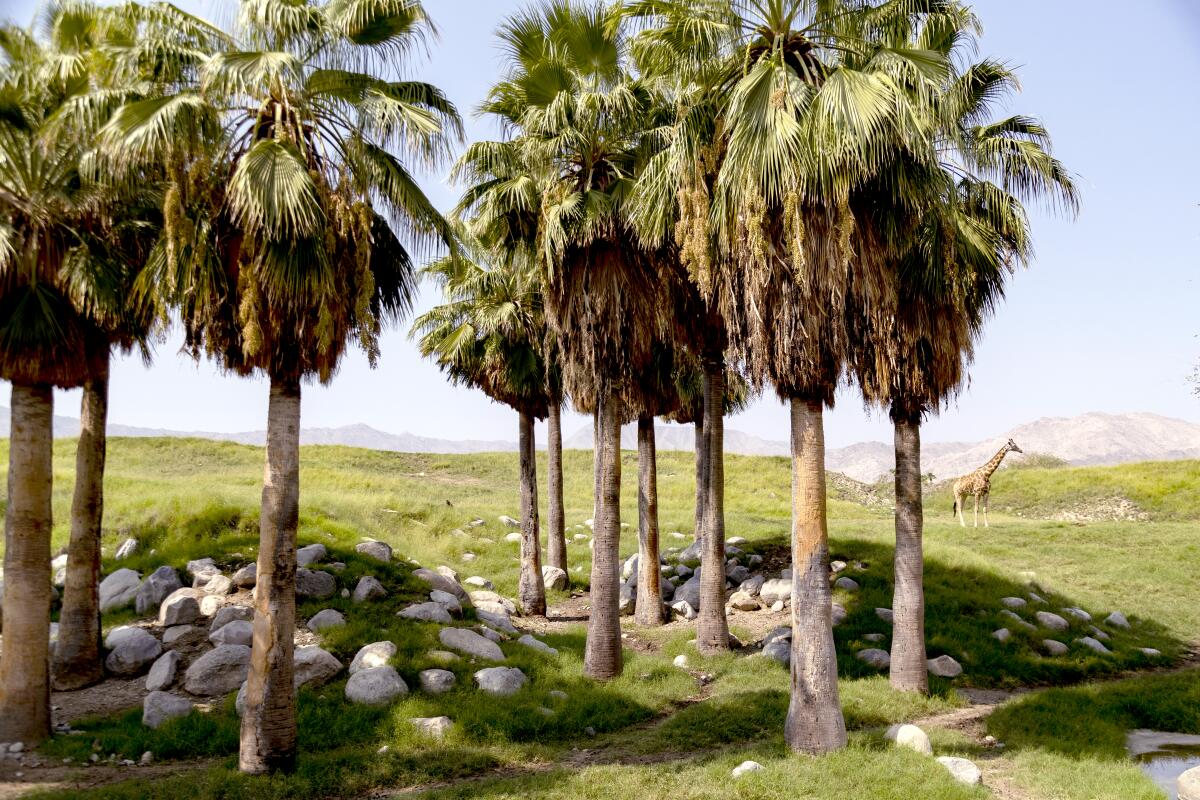
Living Desert
Pro tip: You can feed a giraffe for $8 October through May (warning: long tongue).
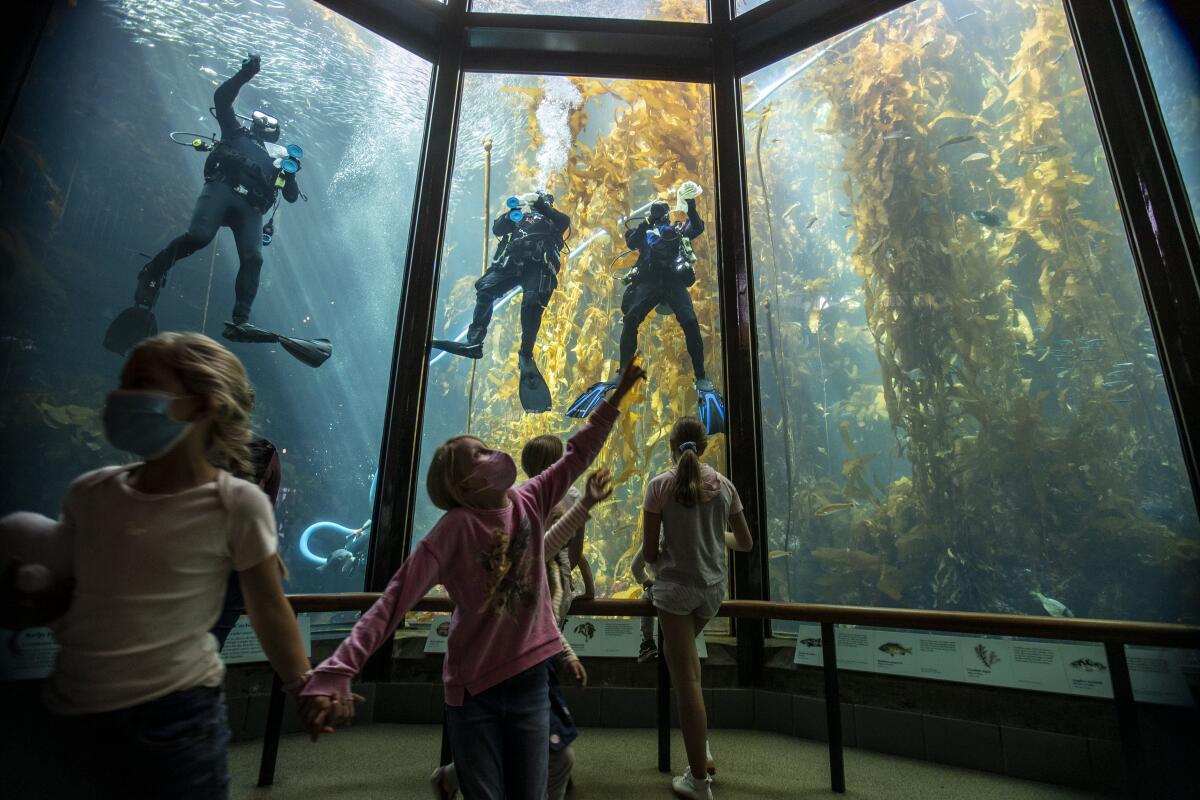
Monterey Bay Aquarium
Pro tip: Rent a bike from Adventures by the Sea and pedal along Ocean View Boulevard toward Lovers Point and Asilomar State Beach in Pacific Grove.
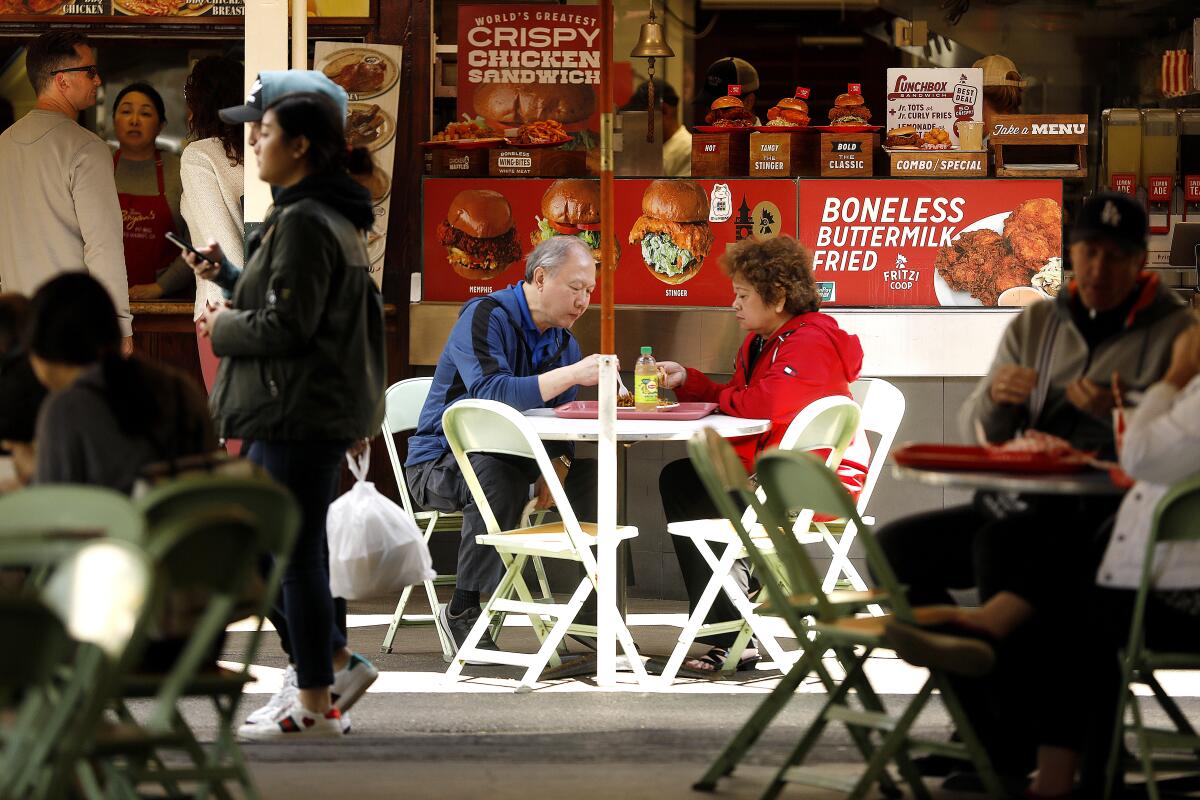
Original Farmers Market
Hungry? For all things French, try Monsieur Marcel Gourmet Market. For tacos, Trejo’s. And for pie, Du-par’s (since 1938) is open around the clock. If you’re traveling with teens, they’ll probably head next door to the Grove, an upscale mall that opened in 2002 with about a dozen restaurants, 14 movie screens, a dancing fountain and occasional live music.
Pro tip: For more old/new contrasts, wander among the teen-seeking streetwear shops on Fairfax Avenue between Beverly Boulevard and Melrose Avenue — the Hundreds and Solestage, for instance — and you’ll find they’re neighbored by older kosher markets and restaurants, mostly notably Canter’s, which is open all hours and a few years older than the Farmers Market.
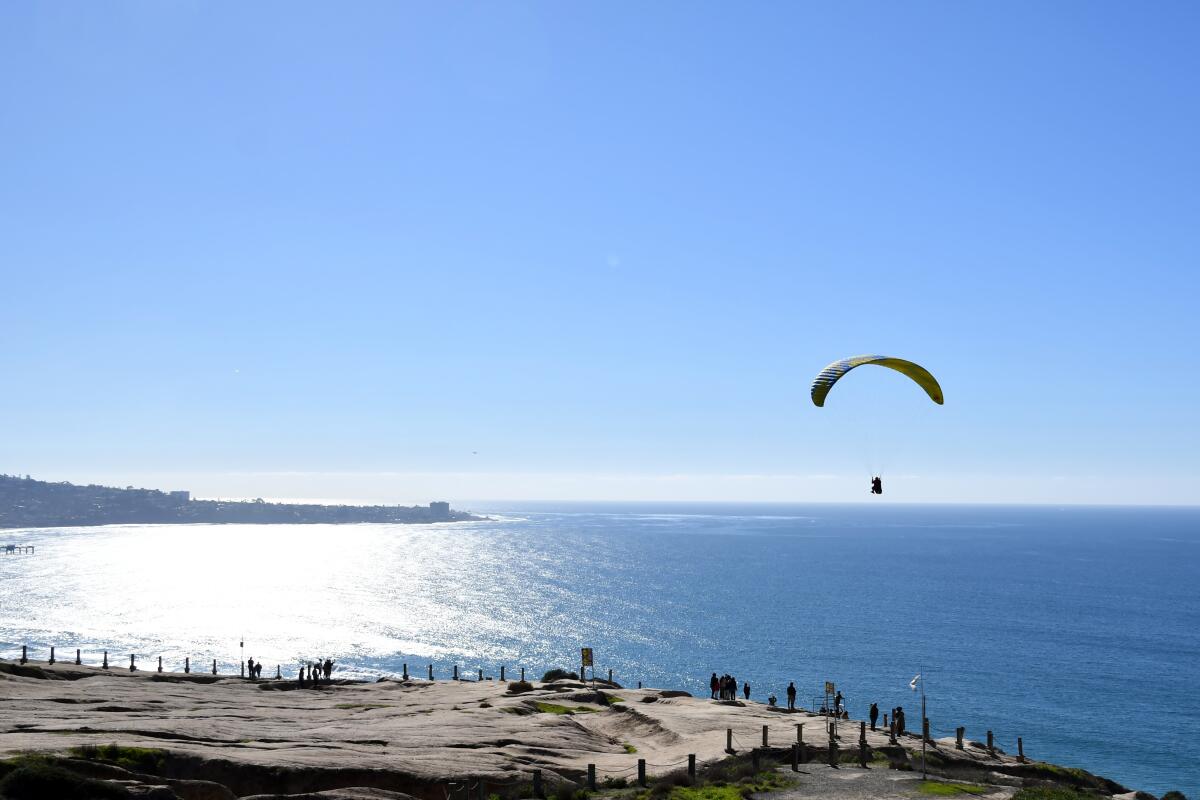
Torrey Pines Gliderport
Sail planes were taking off here as early as the 1920s. In 1930, Charles Lindbergh glided on these winds. Hang gliders joined in the 1970s, then paragliders, then tandem paraglider flights ($175-$255). See the shoreline about 200 feet below? That’s Black’s Beach, accessible by a steep, half-mile trail. (It has a nude zone.)
Pro tip: For more visual stimulation, cross North Torrey Pines Road to explore the outdoor artworks of UCSD’s Stuart Collection and the brutally top-heavy geometry of its Geisel Library.
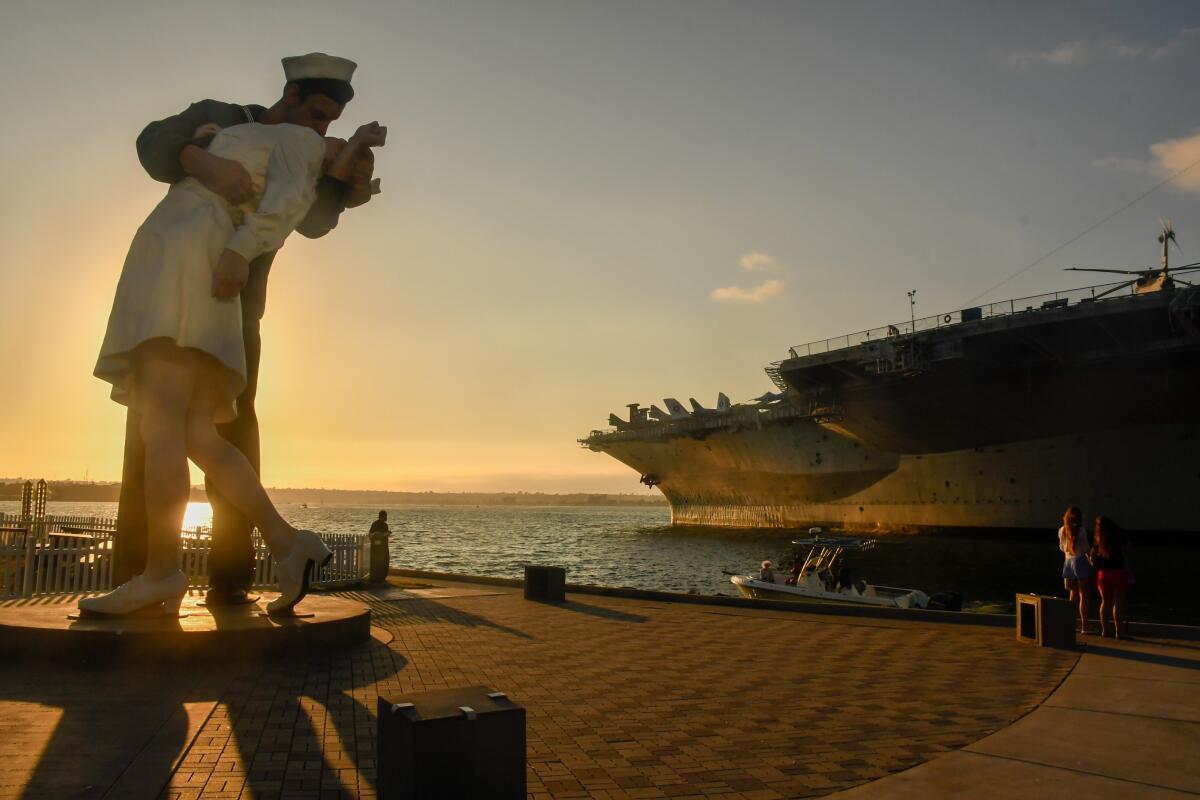
USS Midway Museum
Pro tip: Just a mile south of the Midway, San Diego’s port and symphony officials in August inaugurated the Rady Shell at Jacobs Park, an outdoor music venue that’s already hosting classical, pop and jazz performances. The sloped grass seating area is said to accommodate 10,000 people.
Sign up for The Wild
We’ll help you find the best places to hike, bike and run, as well as the perfect silent spots for meditation and yoga.
You may occasionally receive promotional content from the Los Angeles Times.
